KAIST
BREAKTHROUGHS
Research Webzine of the KAIST College of Engineering since 2014
Fall 2024 Vol. 23A new three-channel single-crystal dispersion interferometer enables measurements of abrupt and large changes in electron density – contributing to mitigate plasma disruptions in fusion reactors.
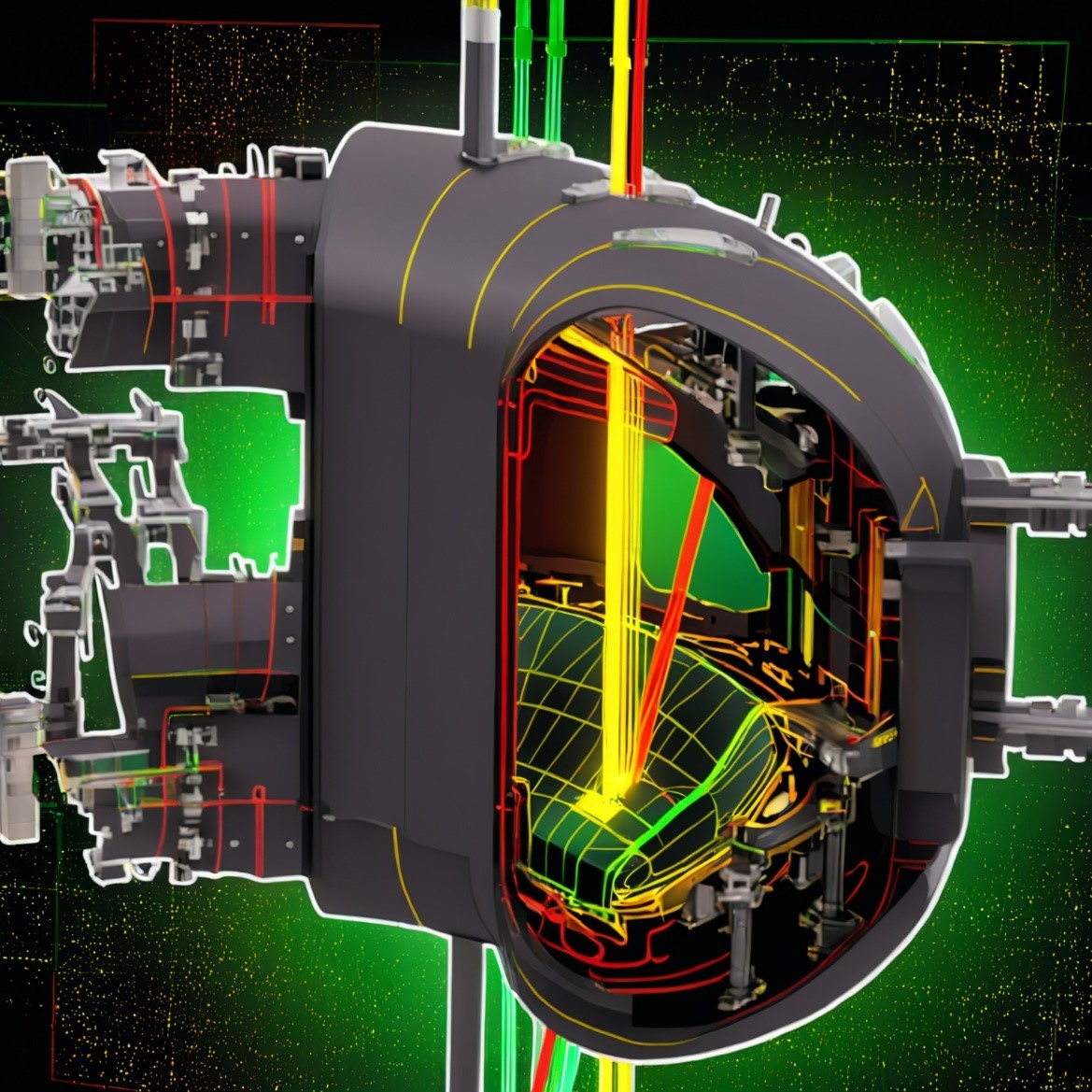
Plasma disruptions in a nuclear fusion device are phenomena in which the energy stored in the plasma is released abruptly, potentially causing damage to the fusion device. Therefore, future commercial fusion reactors must be able to mitigate plasma disruptions. For such a purpose, the International Thermonuclear Experimental Reactor (ITER) experiment is developing a technique using shattered pellet injections (SPIs). However, for SPI plasmas, measuring the electron density using 10.6 μm wavelength interferometers, typically employed in the fusion field, is very difficult. Therefore, Mr. Dong-Guen Lee (PhD student) on Professor Young-Chul Ghim’s team in the Department of Nuclear and Quantum Engineering, together with the Korea Institute of Fusion Energy, has developed and installed a dispersion interferometer using a 1064 nm wavelength to diagnose abrupt and large changes in the electron density.
Specifically, they developed a single-crystal dispersion interferometer (SCDI) that uses only one nonlinear crystal (Fig. 1), improving upon existing dispersion interferometers that required two nonlinear crystals, which made installation difficult. Over the last couple of years, they have successfully measured the electron density of SPI plasmas, previously not measurable by heterodyne interferometers using a 10.6 μm wavelength (Fig. 2).
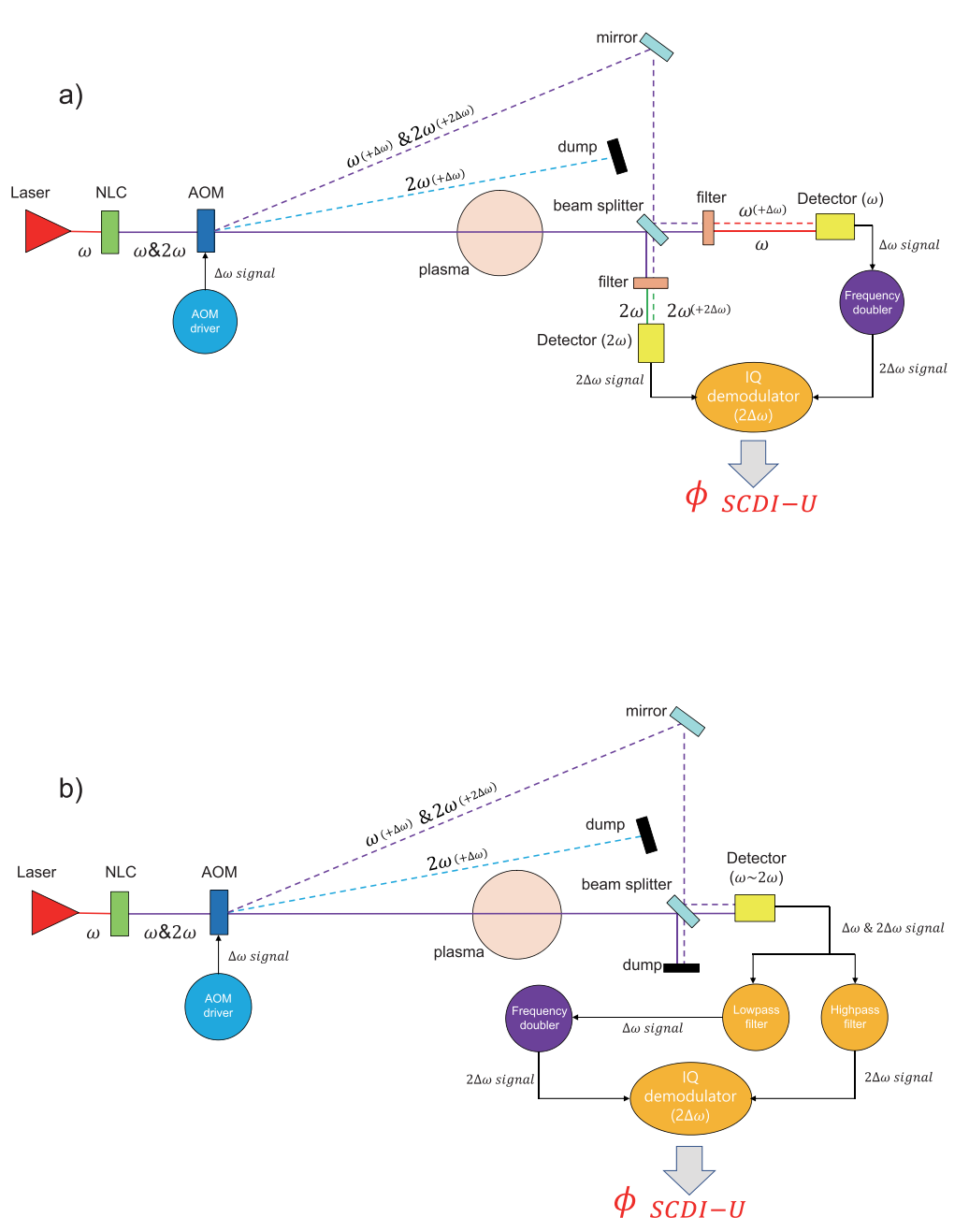
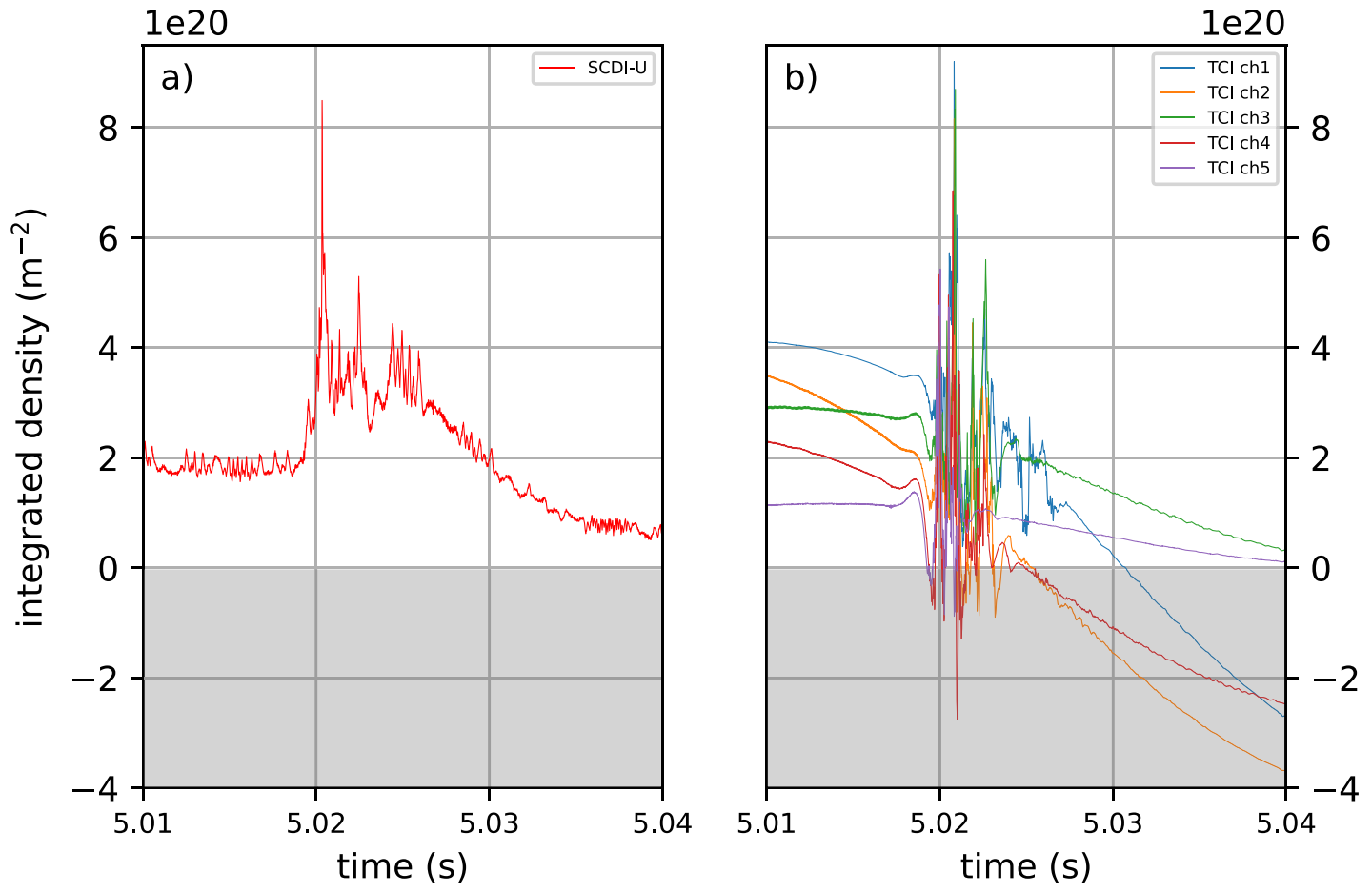
This research was published in the January 2024 issue of Nuclear Fusion (Dong-Geun Lee et al. 2024 Nucl. Fusion 64 016024). The developed single-crystal dispersion interferometer measures the electron density in the core and edge regions of KSTAR simultaneously. This is expected to contribute further to the study on plasma disruption mitigation and fusion research given the ability of this advance to measure how the electron density changes spatially due to SPI.
Most Popular
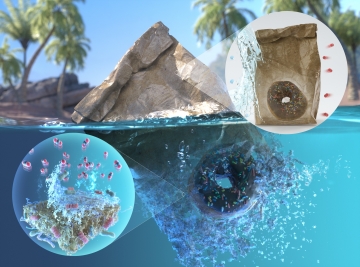
High-performance and sustainable paper coating material that prevents microplastics
Read more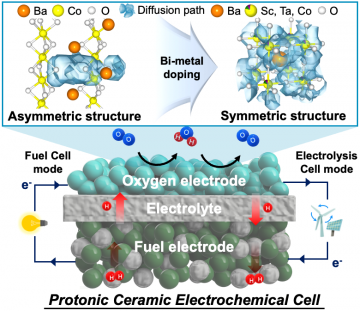
Next-generation ceramic electrochemical cells for global net-zero goals
Read more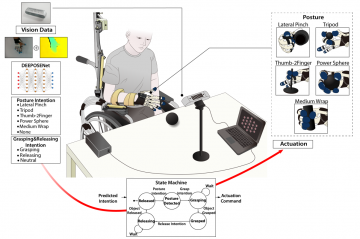
Multi-hand posture rehabilitation for stroke survivors: Rehabilitation system using vision-based intention recognition and a soft robotic glove
Read more
Impacts of new town developments on carbon sinks in the Seoul metropolitan area
Read more
Revolutionizing strength: Hercules artificial muscles 17 times stronger than human muscles
Read more